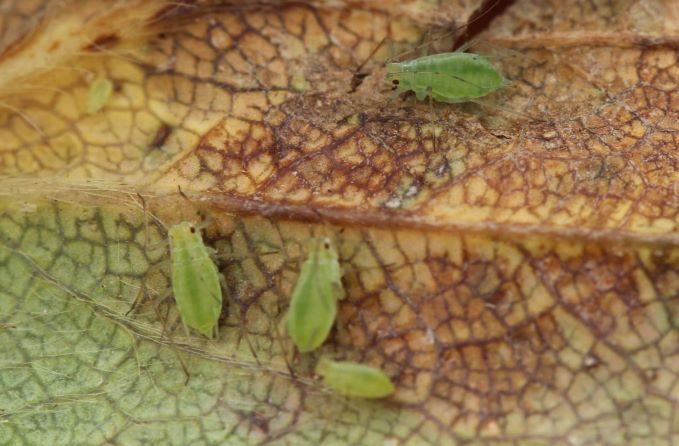Aug 23, 2022Research in England on strawberries considers IPM practices
Experts at two British universities are starting a new project to develop a photonic “nose” to monitor crops for pest infestations and plant disease.
Aston University, Birmingham, England, is collaborating with Harper Adams University, Shropshire, England, to research and develop technology using light to monitor crop health.
According to the Food and Agriculture Organization of the United Nations, up to 40% of global crop production is lost to pests annually. Each year, plant diseases cost the global economy over $220 billion and invasive insects at least $70 billion.
The research will be using strawberries to test the new technology. The fruit is worth about $412.1 million (U.S. dollars) to the U.K. economy, but it is vulnerable to potato aphid which has the potential to wipe out an annual harvest.
Currently crops are treated with pesticides, but there’s increasing pressure to find alternatives due to the environmental impact.
One method is to use integrated pest management (IPM) to create an early warning system. It monitors plants for build-up of insects and diseases rather than spraying plants with chemicals, but so far it’s proven unreliable and expensive.
The new project uses recent developments in photonics technology that can analyze low levels of volatile organic compounds (VOCs) emitted by plants, which indicate their health. This is coupled with machine learning hardware, which makes it practical to use artificial intelligence in commercial settings. Professor David Webb of Aston Institute of Photonic Technologies (AIPT) says that “better invertebrate pest and plant disease monitoring technologies will significantly help cut crop losses.”
“However most electronic noses use electrochemical sensors, which suffer from sensitivity issues, sensor drift/aging effects and lack specificity,” he said. “We intend to address this by building on the fast-moving technology of photonics – the science of light – whilst collaborating with scientists in other disciplines.”
The 12-month project is to receive $235,500 (U.S.) from the Biotechnology and Biological Sciences Research Council (BBSRC) and the Natural Environment Research Council. The grant is the maximum amount given from their molecules to landscapes project, which funds interdisciplinary solutions to real world challenges.
Joe Roberts, a lecturer in entomology and IPM from Harper Adams University, said that with projected increases in the global population, there is increasing pressure on the agricultural sector to achieve higher crop yields.
“Reducing crop losses within existing production systems will improve food security without increasing resource use,” Roberts said.
“We intend to establish an interdisciplinary community of agricultural science, optical sensing and machine learning experts to develop novel plant health monitoring platforms that enhance agricultural production through localized pest and disease monitoring to detect hotspots.”
The research was published in the International Journal of Fruit Science.
PHOTO: Potato aphids, courtesy University of Aston















